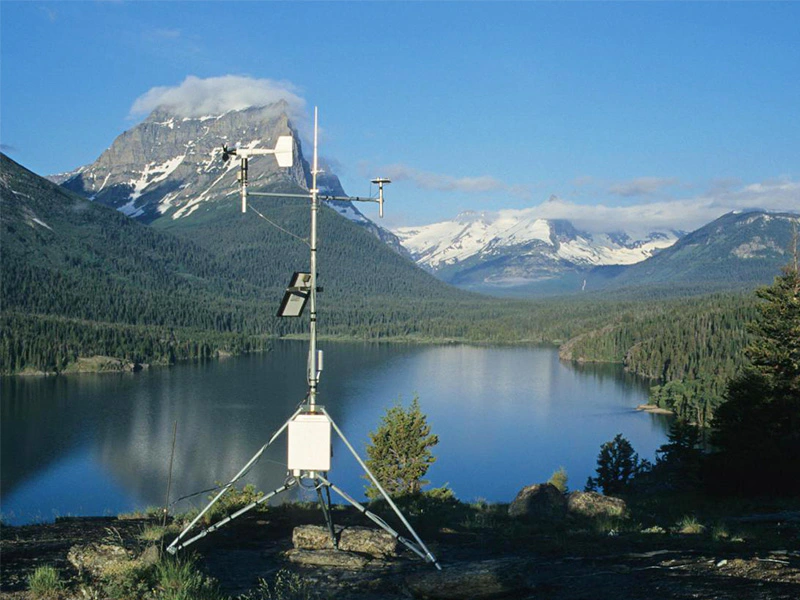
# What Is a Weather Station?
A weather station is a facility equipped with instruments and sensors designed to measure atmospheric conditions. These measurements help meteorologists, researchers, and even hobbyists track weather patterns, predict changes, and analyze climate data.
## Components of a Weather Station
A typical weather station includes several key instruments:
– Thermometer – Measures air temperature.
– Barometer – Records atmospheric pressure.
– Hygrometer – Determines humidity levels.
– Anemometer – Measures wind speed.
– Wind vane – Indicates wind direction.
– Rain gauge – Tracks precipitation amounts.
Some advanced stations may also include sensors for UV radiation, soil moisture, or solar radiation.
## Types of Weather Stations
Weather stations come in different forms depending on their purpose:
– Personal weather stations – Compact units for home use.
– Professional stations – High-precision equipment for meteorological services.
– Automated stations – Remote units that transmit data automatically.
– Agricultural stations – Specialized for farming and crop monitoring.
## How Weather Stations Work
Most modern weather stations collect data automatically at regular intervals. The sensors detect environmental conditions, convert them into electrical signals, and transmit the data to a display unit or computer system. Many stations now connect to the internet, allowing real-time data sharing with weather networks.
## Importance of Weather Stations
Weather stations play a crucial role in:
– Weather forecasting
– Climate research
– Aviation safety
– Agriculture planning
– Disaster preparedness
– Renewable energy management
By providing accurate, localized data, weather stations help communities make informed decisions about daily activities and long-term planning.
Keyword: what is a weather station